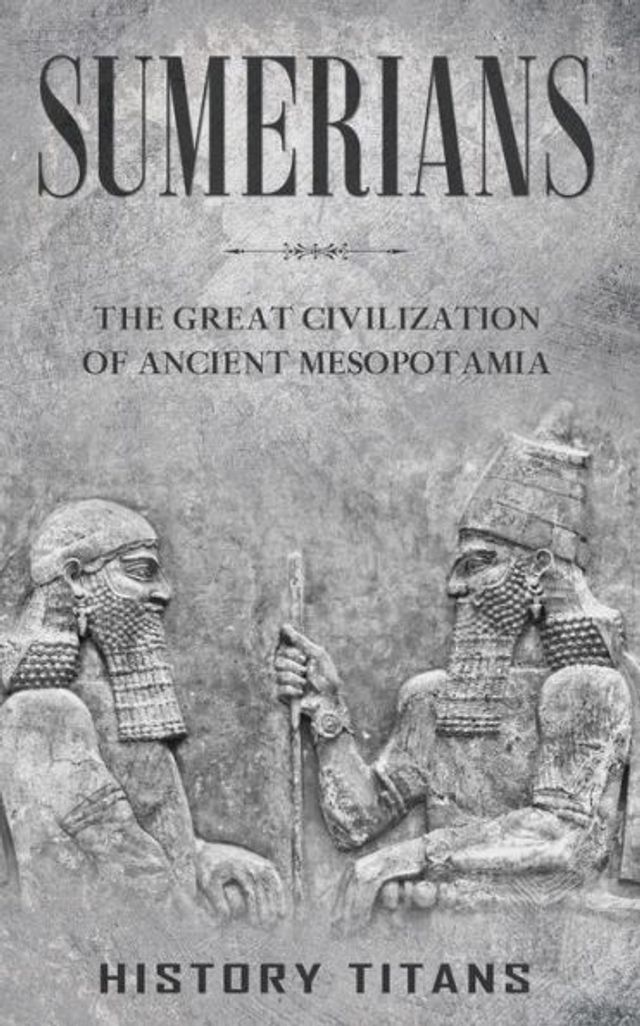Home
Archaeology of the Anunnaki Sumerians
Barnes and Noble
Archaeology of the Anunnaki Sumerians
Current price: $18.99


Barnes and Noble
Archaeology of the Anunnaki Sumerians
Current price: $18.99
Size: Paperback
Loading Inventory...
*Product information may vary - to confirm product availability, pricing, shipping and return information please contact Barnes and Noble
Leonard Woolley, an archaeologist from Britain, returned to Iraq in 1922, almost 4,000 years after the nuclear ancient catastrophe, to uncover ancient Mesopotamia.An imposing ziggurat standing out in the desert plain drew him to the nearby site of Tell el-Muqayyar, where he began excavating. As old walls, artifacts, and inscriptions were unearthed, he realized he was digging up ancient Ur-Ur of the Chaldees.
Twelve years of his work were conducted through a joint expedition between the British Museum in London and the University of Pennsylvania Museum in Philadelphia. For those institutions, Sir Leonard Woolley found some of the most dramatic objects and artifacts in Ur. However, what he discovered may well surpass anything ever exhibited before.
In the course of removing layers of soil deposited by desert sands, the elements, and time from the ruins, the ancient city began to take shape-here were the walls, there were the harbors and canals, the residential quarters, the palace, and the Tummal, the elevated sacred area. Woolley's discovery of a cemetery dated thousands of years ago included unique 'royal' tombs discovered by digging at its edge is the find of the century.
The excavations in the city's residential sections established that Ur's inhabitants followed the Sumerian custom of burying their dead right under the floors of their dwellings, where families continued to live. It was thus highly unusual to find a cemetery with as many as 1,800 graves in it. From predynastic (before Kingship began) to Seleucid times, they were concentrated mainly within the sacred precinct. The graves were buried on top of each other, burials were interred in another grave, and some graves were apparently re-interred. To date graves more accurately, Woolley's workers dug trenches of up to fifty feet deep to cut through layers.
Twelve years of his work were conducted through a joint expedition between the British Museum in London and the University of Pennsylvania Museum in Philadelphia. For those institutions, Sir Leonard Woolley found some of the most dramatic objects and artifacts in Ur. However, what he discovered may well surpass anything ever exhibited before.
In the course of removing layers of soil deposited by desert sands, the elements, and time from the ruins, the ancient city began to take shape-here were the walls, there were the harbors and canals, the residential quarters, the palace, and the Tummal, the elevated sacred area. Woolley's discovery of a cemetery dated thousands of years ago included unique 'royal' tombs discovered by digging at its edge is the find of the century.
The excavations in the city's residential sections established that Ur's inhabitants followed the Sumerian custom of burying their dead right under the floors of their dwellings, where families continued to live. It was thus highly unusual to find a cemetery with as many as 1,800 graves in it. From predynastic (before Kingship began) to Seleucid times, they were concentrated mainly within the sacred precinct. The graves were buried on top of each other, burials were interred in another grave, and some graves were apparently re-interred. To date graves more accurately, Woolley's workers dug trenches of up to fifty feet deep to cut through layers.


















